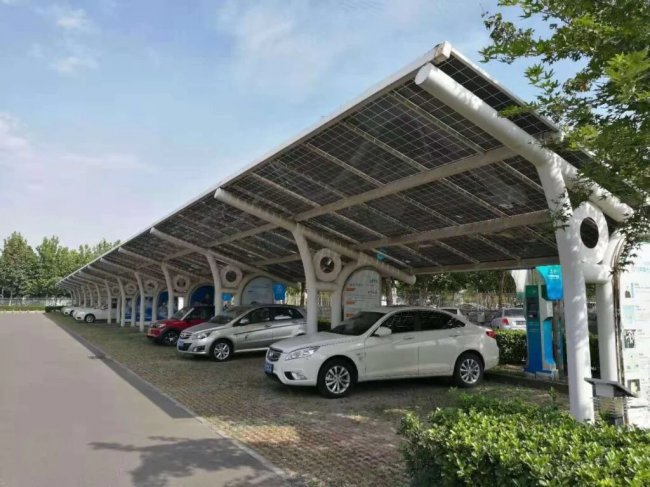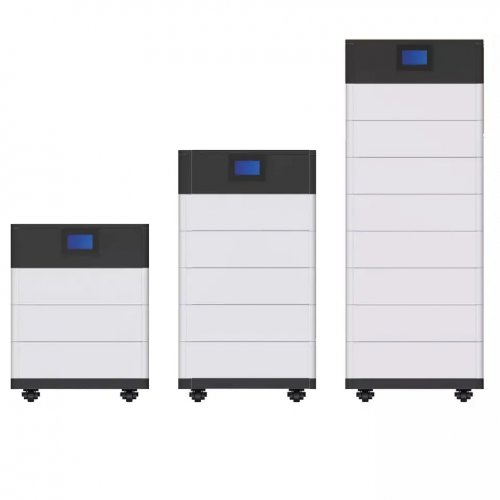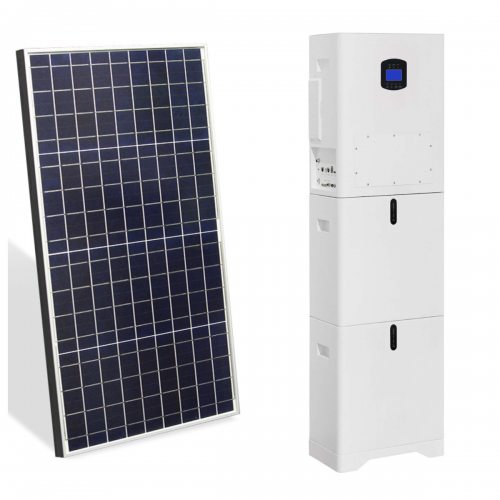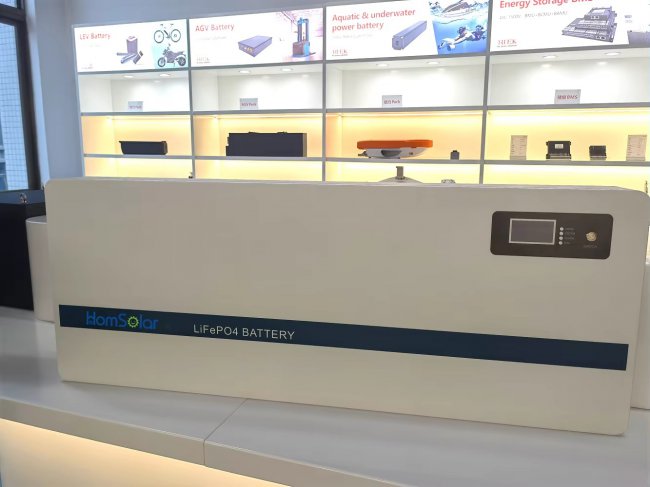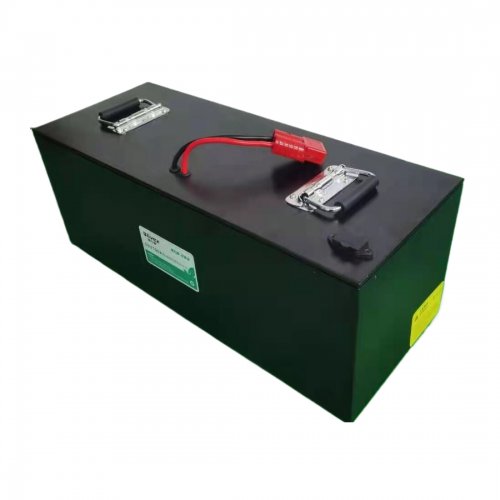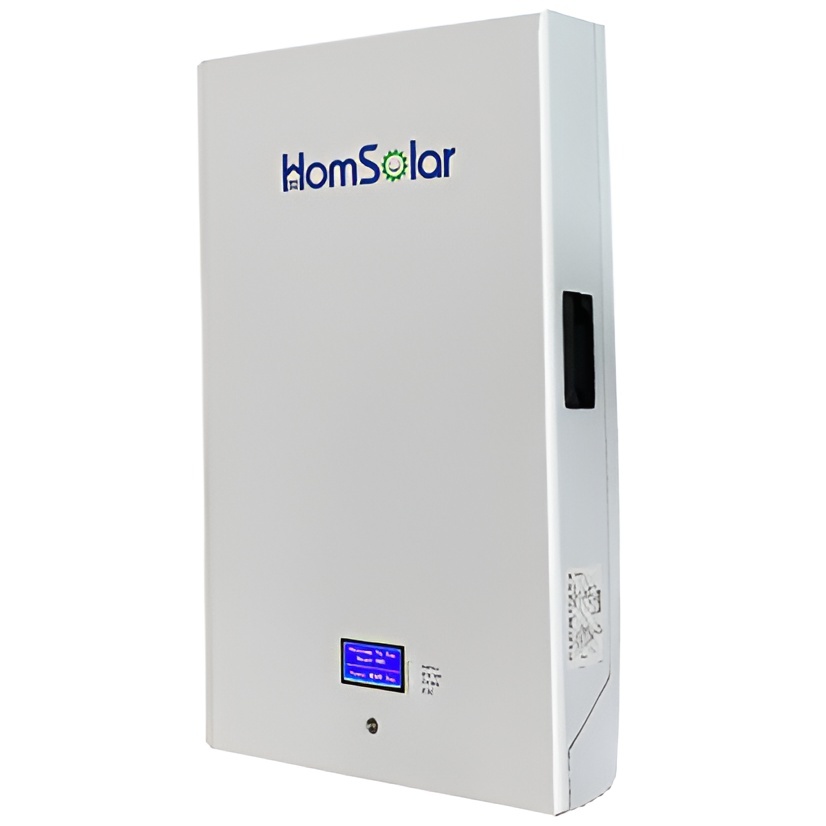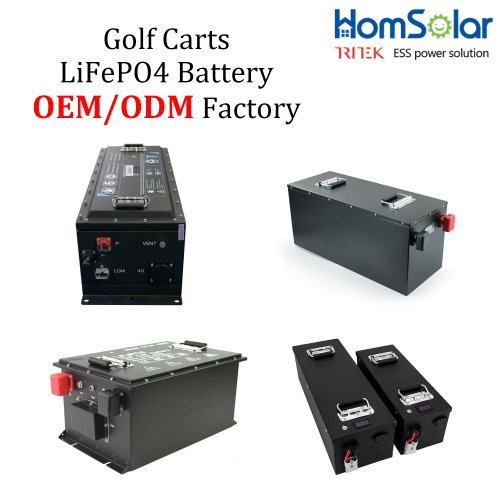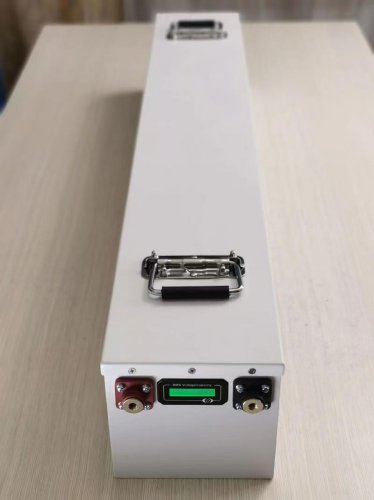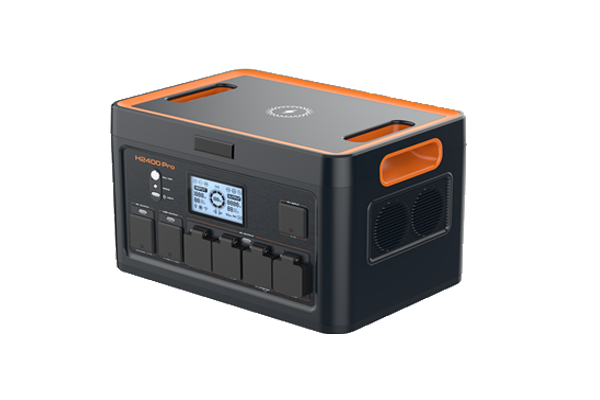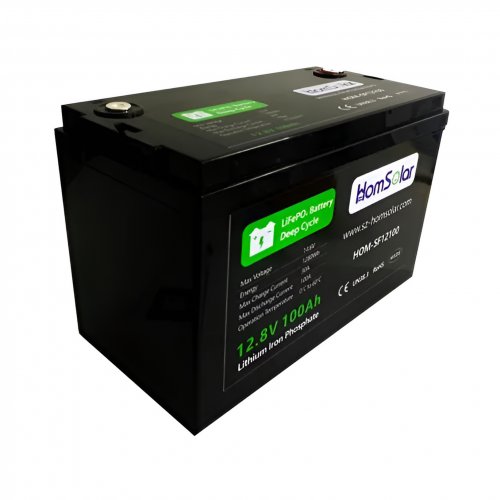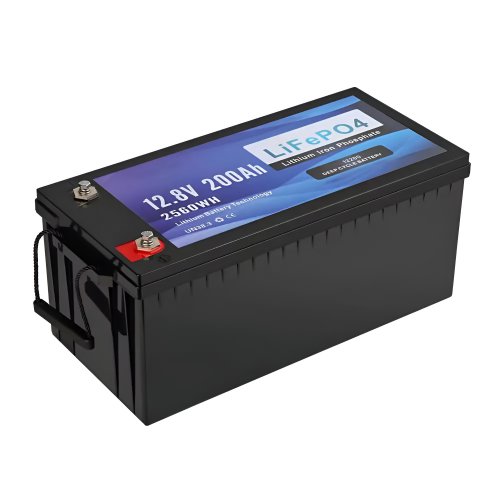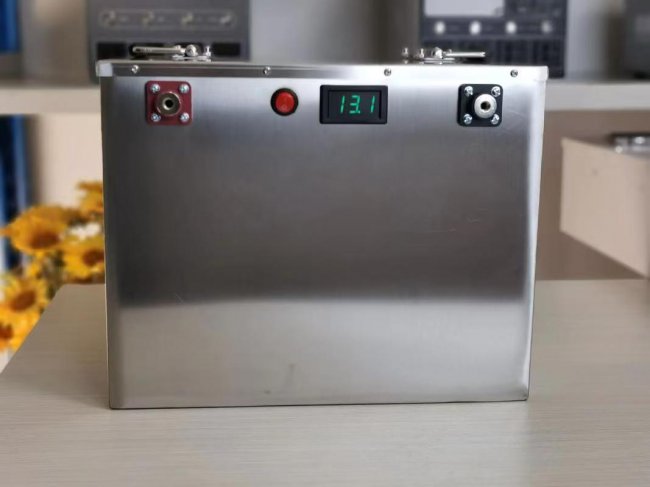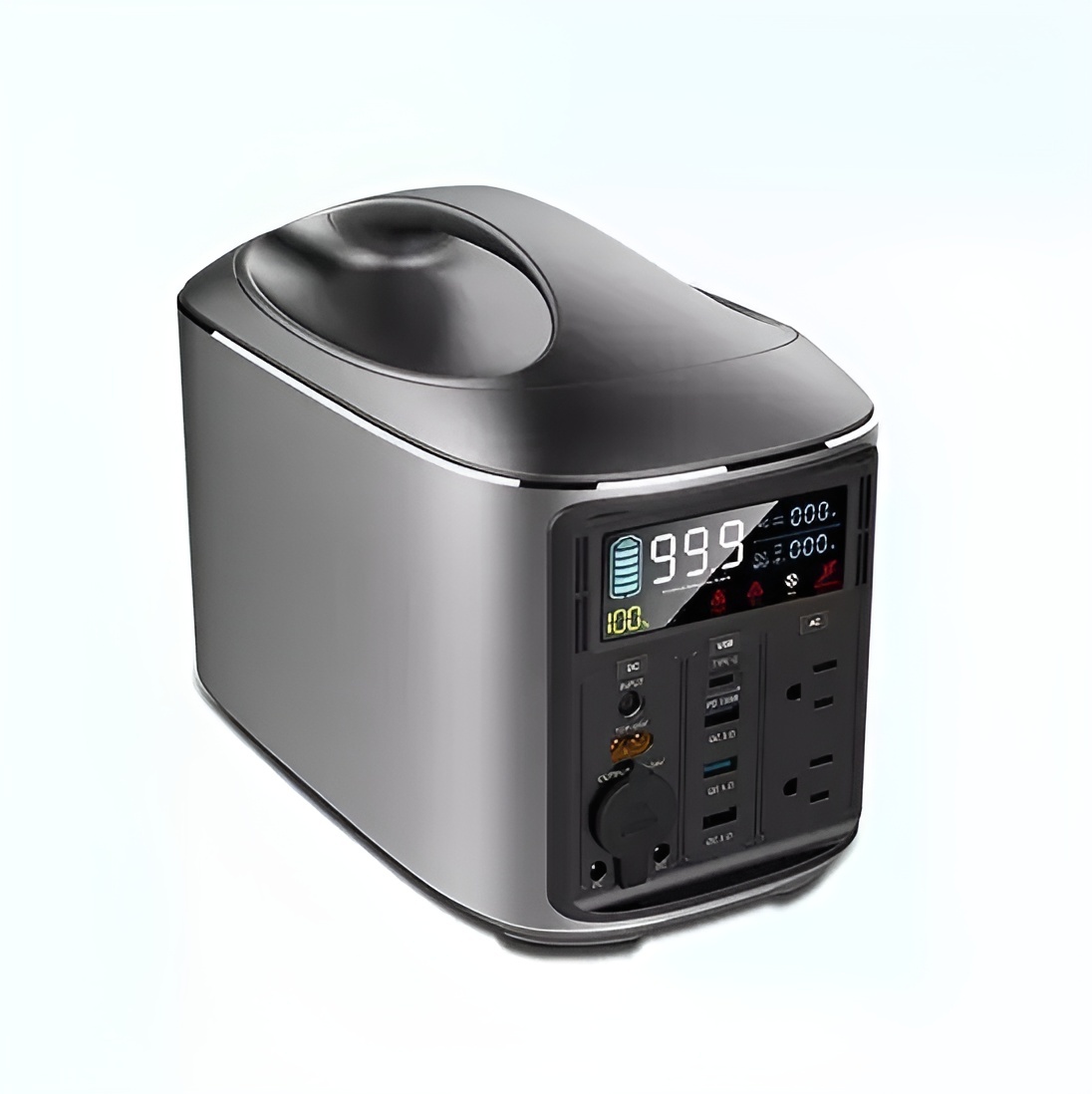Lithium Iron Phosphate Battery News: Surging Demand And Innovation Reshape The Energy Storage Landscape
The global energy storage sector is witnessing a pronounced and sustained shift, with the Lithium Iron Phosphate (LiFePO4 or LFP) battery emerging as a dominant force. Once considered a niche chemistry primarily for specialized applications, LFP is now at the forefront of the electric vehicle (EV) revolution and large-scale stationary energy storage, challenging the long-held market dominance of nickel-manganese-cobalt (NMC) and other lithium-ion variants. This surge is driven by a powerful combination of safety, longevity, and evolving economic advantages, prompting significant strategic realignments across the industry.
Latest Industry Dynamics: Capacity Expansion and Strategic Shifts
The most visible trend in the LFP sector is the massive scale of capacity expansion. Major battery manufacturers, particularly in China, are aggressively building gigafactories dedicated to LFP production. Contemporary Amperex Technology Co. Limited (CATL), the world's largest battery maker, continues to innovate with its LFP products, such as the "Shenxing Plus" superfast charging battery, claiming the ability to add over 600 kilometers of range in just 10 minutes of charging. This addresses one of the historical perceived weaknesses of LFP – slower charging speeds compared to NMC.
Simultaneously, Western automakers and energy companies are actively securing LFP supply chains. Tesla has been a key proponent, integrating LFP batteries into a significant portion of its standard-range vehicles globally. Ford is building a massive LFP battery plant in Michigan through its partnership with CATL, aiming to localize production and qualify for U.S. tax incentives under the Inflation Reduction Act. This move is indicative of a broader strategy to diversify battery chemistry sourcing and reduce dependency on cobalt and nickel, which have volatile prices and complex supply chains often concentrated in geopolitically sensitive regions.
Furthermore, the stationary energy storage market is being transformed by LFP technology. From residential Powerwall-style units to grid-scale containerized systems, LFP is becoming the default chemistry. Recent mega-project announcements, such as those by Fluence and Tesla, increasingly specify LFP batteries due to their superior cycle life and lower operational risks. This has led to a surge in orders for specialized energy storage system (ESS) manufacturers who exclusively use LFP cells.
Trend Analysis: The Drivers Behind the LFP Ascendancy
Several converging trends are solidifying LFP's market position.
1. The Safety Imperative: The fundamental chemical structure of LFP makes it inherently more stable than high-nickel chemistries. It has a higher thermal runaway threshold, meaning it is far less prone to catching fire under conditions of overcharging, short-circuiting, or physical damage. As high-profile incidents involving battery fires remain a public concern, this safety characteristic is a paramount advantage for both EVs and home energy storage, influencing consumer confidence and insurance policies.
2. Total Cost of Ownership (TCO): While the upfront cost per kilowatt-hour for LFP has become highly competitive, its true economic strength lies in its TCO. LFP batteries typically boast a cycle life of 3,000 to 6,000 cycles or more, significantly outperforming many NMC batteries which may last 1,000 to 2,000 cycles. For an EV, this translates to a battery that can last the lifetime of the vehicle. For a grid storage project, it means a longer operational lifespan and lower levelized cost of storage (LCOS), making projects more financially viable.
3. Supply Chain and Ethical Sourcing: The elimination of cobalt from the LFP cathode is a critical strategic advantage. Cobalt mining is associated with significant ethical concerns, including child labor in the Democratic Republic of Congo, and its supply is subject to high price volatility. LFP's reliance on iron and phosphate, which are abundant, geographically dispersed, and inexpensive, provides a more stable and sustainable supply chain, aligning with corporate ESG (Environmental, Social, and Governance) goals.
4. Performance Evolution: Historically, LFP was criticized for its lower energy density, resulting in heavier and bulkier battery packs for the same range. However, continuous innovation in cell-to-pack (CTP) and cell-to-chassis (CTC) technologies has dramatically improved the volumetric efficiency of LFP packs. By reducing the proportion of non-active materials, manufacturers are closing the "range gap" with NMC, making LFP a viable option for a wider range of vehicle segments.
Expert Perspectives: A Cautiously Optimistic Outlook
Industry experts largely agree on the continued growth trajectory of LFP but highlight areas for ongoing development and potential challenges.
Dr. Elena Richter, a senior analyst at GreenTech Analytics, states, "We are projecting LFP's market share in the global EV battery sector to exceed 50% within the next three years. The economics for mass-market vehicles and stationary storage are simply becoming undeniable. The key challenge for Western players is to rapidly build a resilient, localized supply chain for LFP materials and components to avoid a new form of dependency."
A manufacturing perspective comes from Kenji Tanaka, a veteran engineer at a Japanese battery firm exploring LFP. "The manufacturing process for LFP is mature, but there is still a race for process innovation to drive down costs further. We are focusing on dry electrode coating and other techniques to reduce energy and solvent use in production. The next frontier is not just making LFP cells, but making them with the lowest possible carbon footprint."
However, some voices urge a balanced view. Professor Michael Chen, a materials scientist at a leading university, cautions, "While LFP is excellent for standard-range vehicles and storage, the pursuit of higher energy density continues. For aviation and premium-performance vehicles, nickel-rich and silicon-anode technologies will still have a place. The future is not a one-chemistry-fits-all scenario, but a diversified portfolio where LFP will occupy the large-volume, cost-sensitive segment."
In conclusion, the Lithium Iron Phosphate battery is no longer an alternative but a mainstream technology driving the global transition to electrification. Bolstered by its compelling safety profile, long-term economics, and abundant materials, its influence is reshaping corporate strategies and national energy policies. As innovation continues to address its remaining limitations and scale up production, LFP is poised to remain a cornerstone of the clean energy ecosystem for the foreseeable future.
Customized/OEM/ODM Service
HomSolar Supports Lifepo4 battery pack customization/OEM/ODM service, welcome to contact us and tell us your needs.


HomSolar: Your One-stop LiFePO4 Battery Pack & ESS Solution Manufacturer
Our line of LiFePO4 (LFP) batteries offer a solution to demanding applications that require a lighter weight, longer life, and higher capacity battery. Features include advanced battery management systems (BMS), Bluetooth® communication and active intelligent monitoring.

Customised Lithium Iron Phosphate Battery Casing
ABS plastic housing, aluminium housing, stainless steel housing and iron housing are available, and can also be designed and customised according to your needs.

HomSolar Smart BMS
Intelligent Battery Management System for HomSolar Energy Storage System. Bluetooth, temperature sensor, LCD display, CAN interface, UART interface also available.


Terminals & Plugs Can Be Customized
A wide range of terminals and plugs can be customised to suit the application needs of your battery products.

Well-designed Solutions for Energy Storage Systems
We will design the perfect energy storage system solution according to your needs, so that you can easily solve the specific industry applications of battery products.



About Our Battery Cells
Our energy storage system products use brand new grade A LiFePO4 cells with a battery lifespan of more than 4,000 charge/discharge cycles.



Applications in Different Industries
We supply customized & OEM battery pack, assemble cells with wiring, fuse and plastic cover, all the cell wires connected to PCB plug or built BMS.
Applications: E-bike, Electric Scooter, Golf Carts, RV, Electric Wheelchair, Electric Tools, Robot Cleaner, Robot Sweeper, Solar Energy Storage System, Emergency Light, Solar Power Light, Medical Equipment, UPS Backup Power Supply.
We can provide you with customized services. We have the ability to provide a vertical supply chain, from single cells to pack/module and to a complete power solution with BMS, etc.


HomSolar (Shenzhen) Technology Co., Ltd







